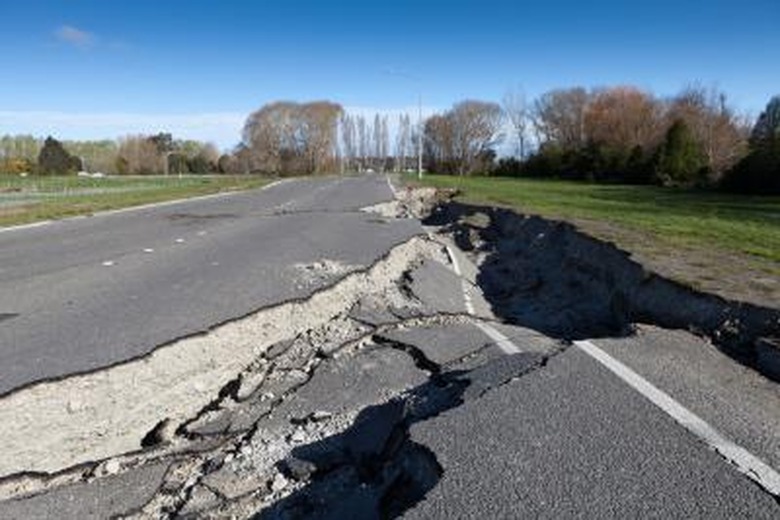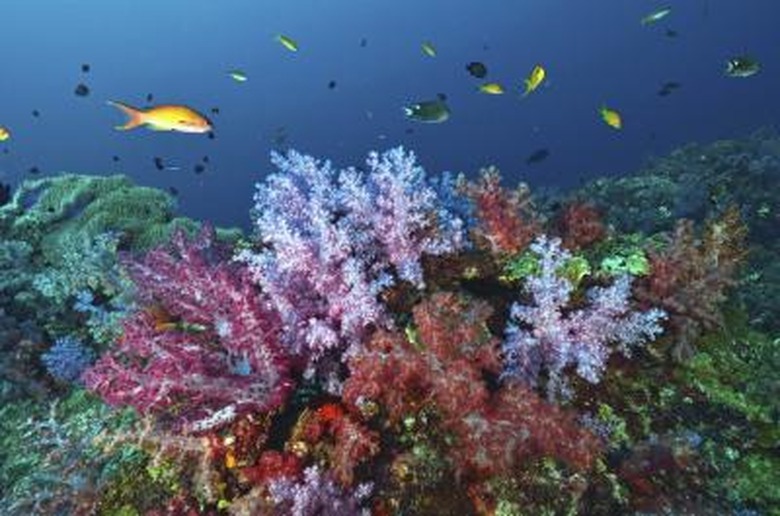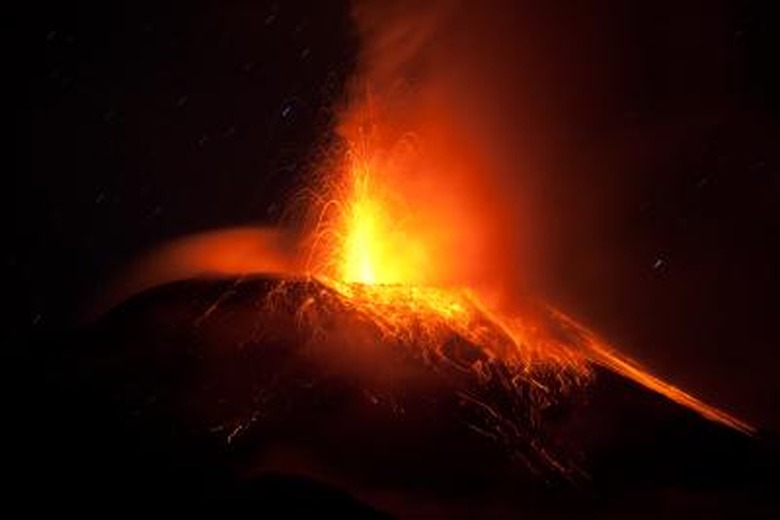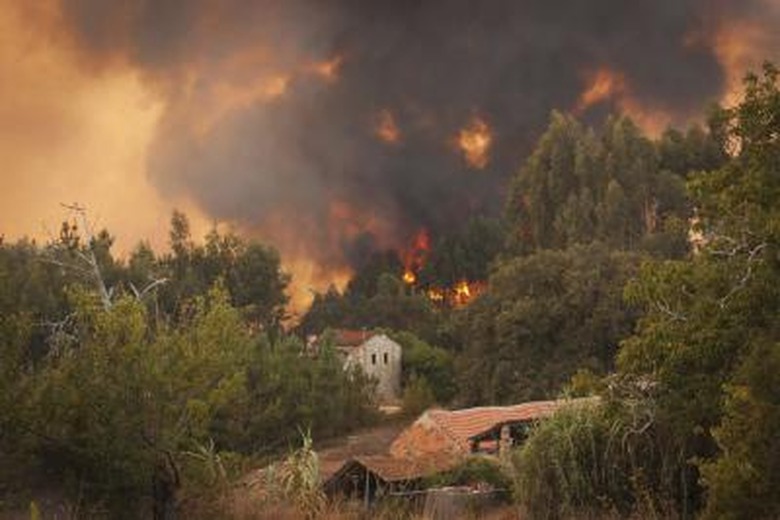Natural Disasters That Affect Ecosystems
Earthquakes, landslides, volcanic eruptions and natural bush fires all affect the many different ecosystems on our planet. Initially, these disasters negatively affect the biodiversity of wetlands, forests and coastal systems by causing the spread of invasive species, mass species mortality and loss of habitat. In the short term, select ecosystem degradation reduces the ability of forests to sequester carbon, which exacerbates climate change. Over time though, many types of natural disasters play an integral role in rejuvenating the very ecosystem that they once destroyed.
Tsunami
Tsunami
Once referred to as tidal waves, a tsunami represents an extremely high wave of water that moves from out at sea towards land. Because of the enormous volume of water and energy that travels inland, extended areas along the coast are immediately devastated as these natural disasters strike the coastal ecosystems. Underwater landslides, earthquakes and volcanic eruptions can all cause tsunamis, by displacing gigantic waves that are sustained by gravity as they travel towards land at over 800 kilometers per hour. Tsunamis are also caused as the ocean floor suddenly deforms due to tectonic earthquake activity and vertically displaces the immense volume of water lying above it. While out at sea, tsunamis have a small wave height, but extended wavelength of up to 200 kilometers. The height of these waves rises dramatically, though, as the tsunami reaches land and the resulting damage to coastal ecosystems can be cataclysmic. As coral reefs, mangrove forests and wetlands are all dependant upon each for nutrient supplies, the destruction of one will ultimately affect the overall coastal ecosystem. The destruction of coral reef fish populations leads to the elimination of other species that depended on them as a food source, while on land, the soil that was exposed to salt sedimentation, becomes infertile, resulting in the loss of biodiversity in the form of coastal forests and the animal life that they supported.
Volcanic activity
Volcanic activity
The eruption of volcanoes and subsequent lava flow has an immediate negative effect on surrounding ecosystems, but through the process of primary succession, the forest habitat begins the process of re-colonization almost immediately. Many plants in the form of seeds and spores and animal species, particularly insect life such as crickets and spiders, arrive from adjacent areas to take up residence. These life forms are specifically adapted to survive in the severe conditions following a larva flow and spearhead the succession process. The progeny of these pioneer species change the original sterile conditions to the point where a new and normally more diverse forest ecosystem has developed within a 150 year period.
Wildfires
Wildfires
These uncontrolled and violent infernos, travelling at speeds in excess of 20 kilometers per hour, are capable of destroying everything in their path. The perfect conditions for wildfires include drought, heat and frequent thunderstorms. Once these fires exist, they can burn for weeks and do great damage to the ecosystem that they travel through. Despite the initial destruction of habitats, wildfires play an integral part in rejuvenation an ecosystem by consuming decaying matter, destroying diseased trees and related vegetation, creating conditions for new seedlings to germinate and by returning nutrients to the forest floor.
References
Cite This Article
MLA
Bolton, Naomi. "Natural Disasters That Affect Ecosystems" sciencing.com, https://www.sciencing.com/natural-disasters-that-affect-ecosystems-12364793/. 21 July 2017.
APA
Bolton, Naomi. (2017, July 21). Natural Disasters That Affect Ecosystems. sciencing.com. Retrieved from https://www.sciencing.com/natural-disasters-that-affect-ecosystems-12364793/
Chicago
Bolton, Naomi. Natural Disasters That Affect Ecosystems last modified August 30, 2022. https://www.sciencing.com/natural-disasters-that-affect-ecosystems-12364793/



